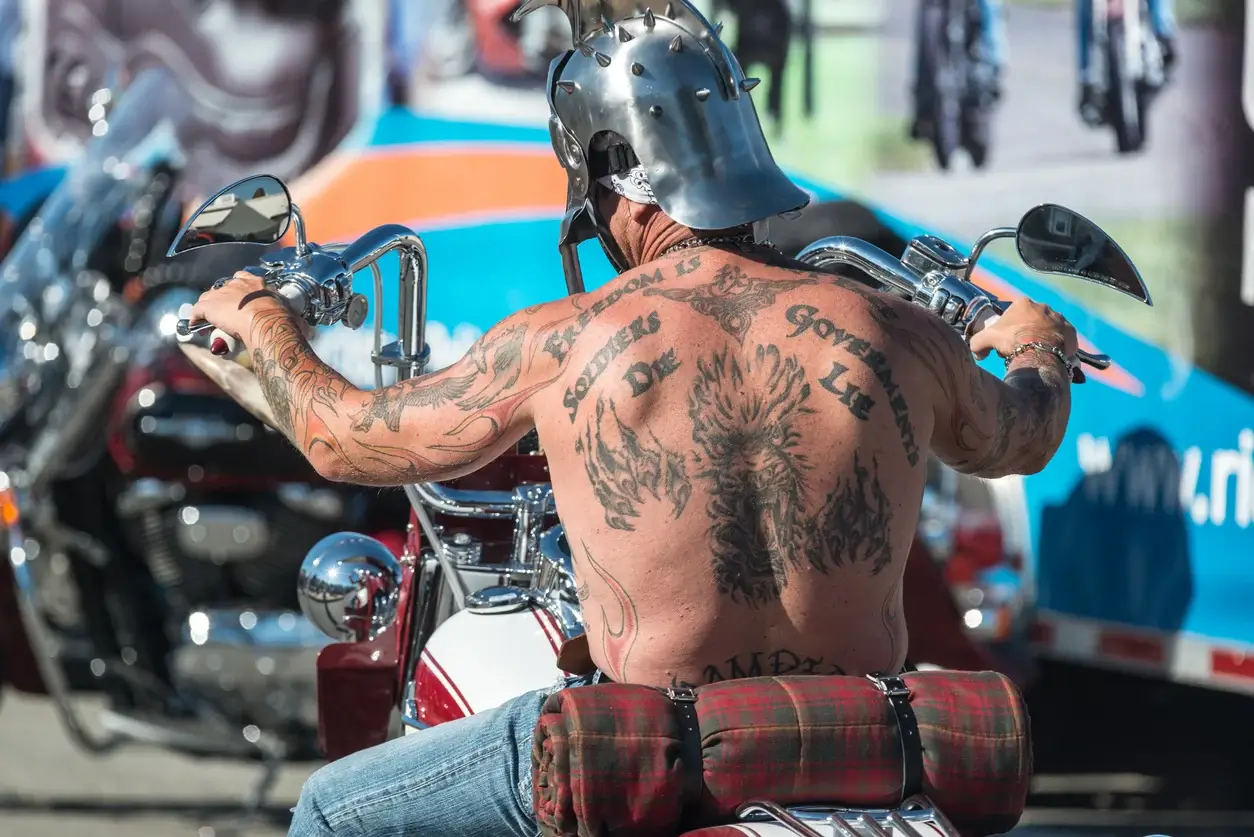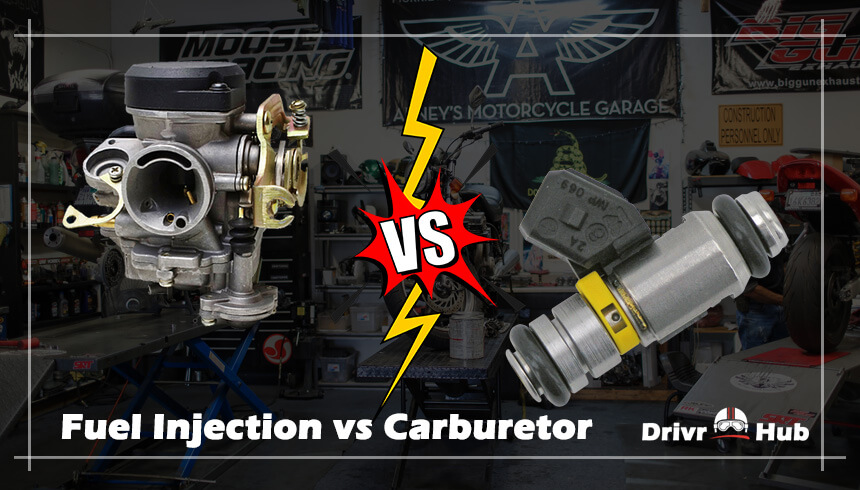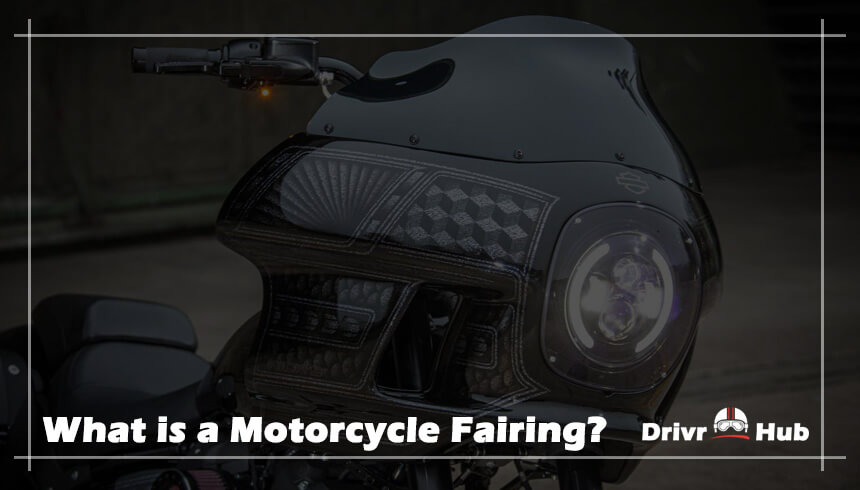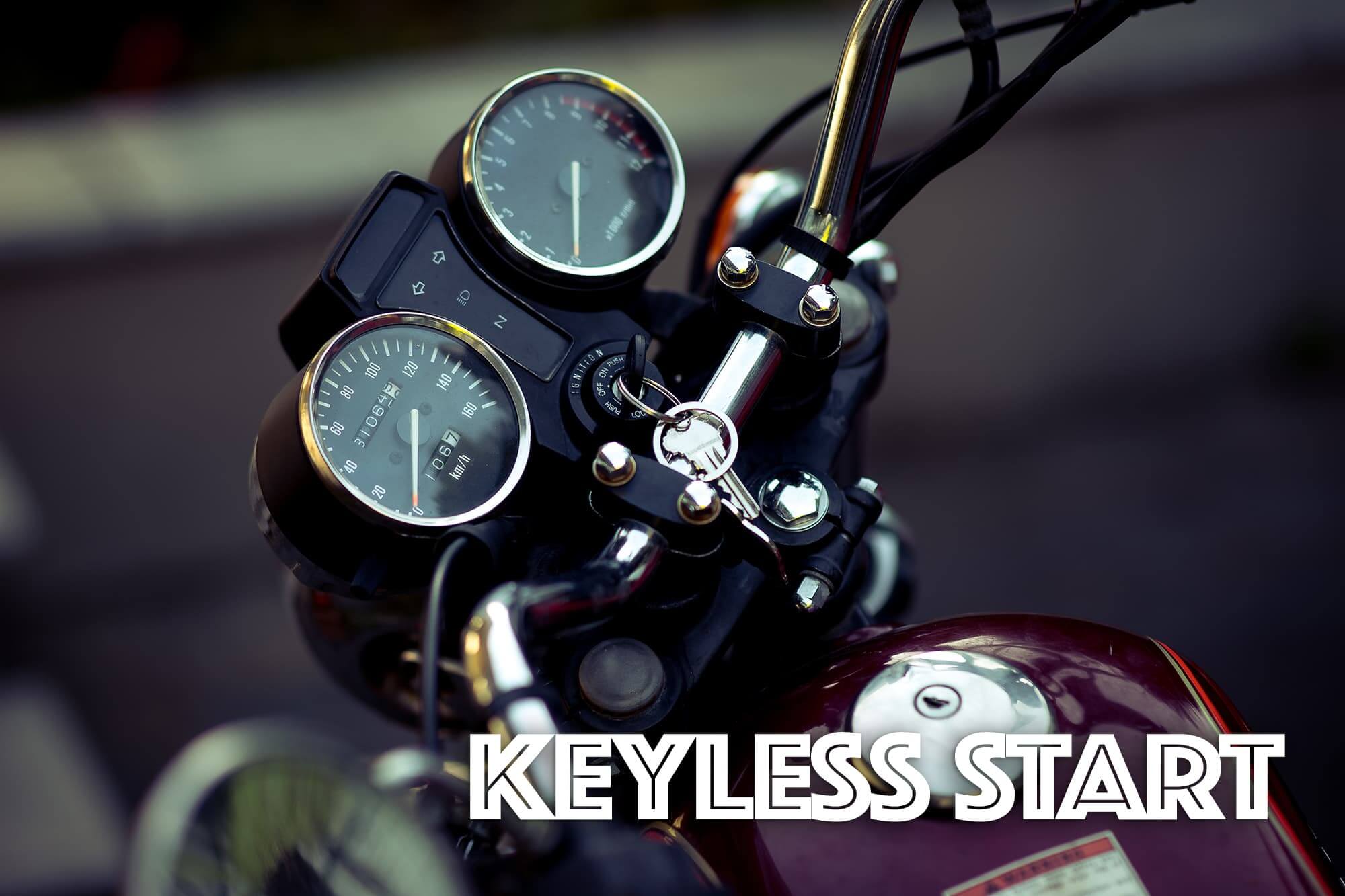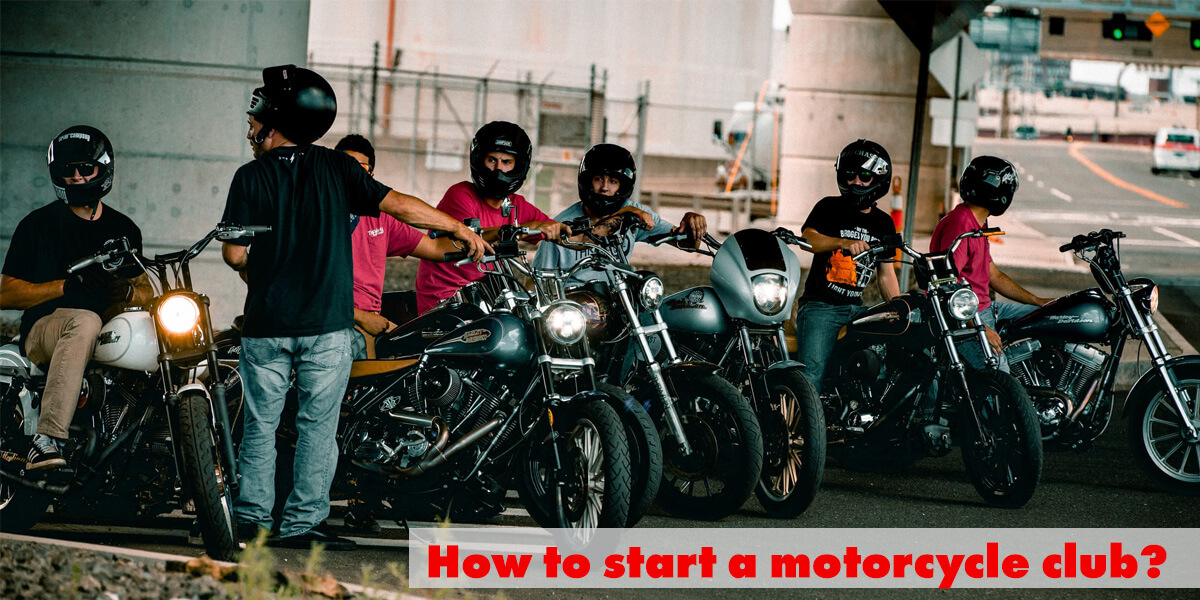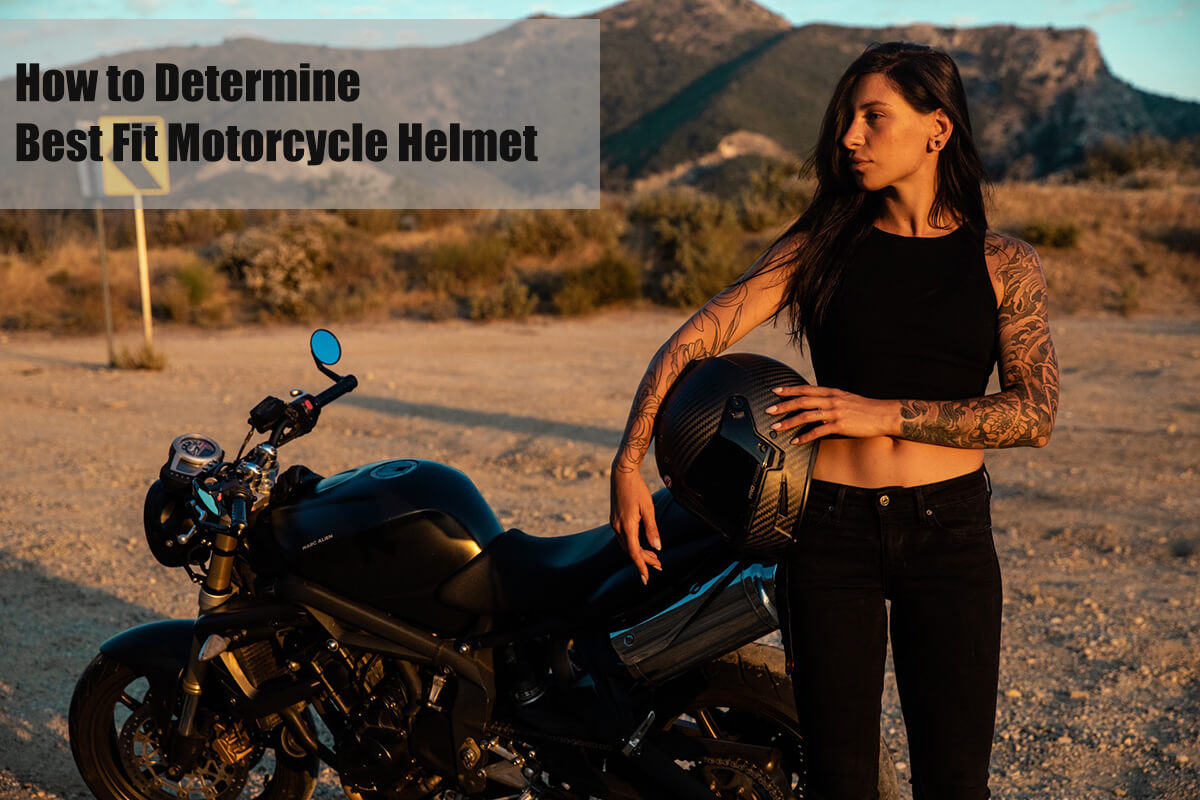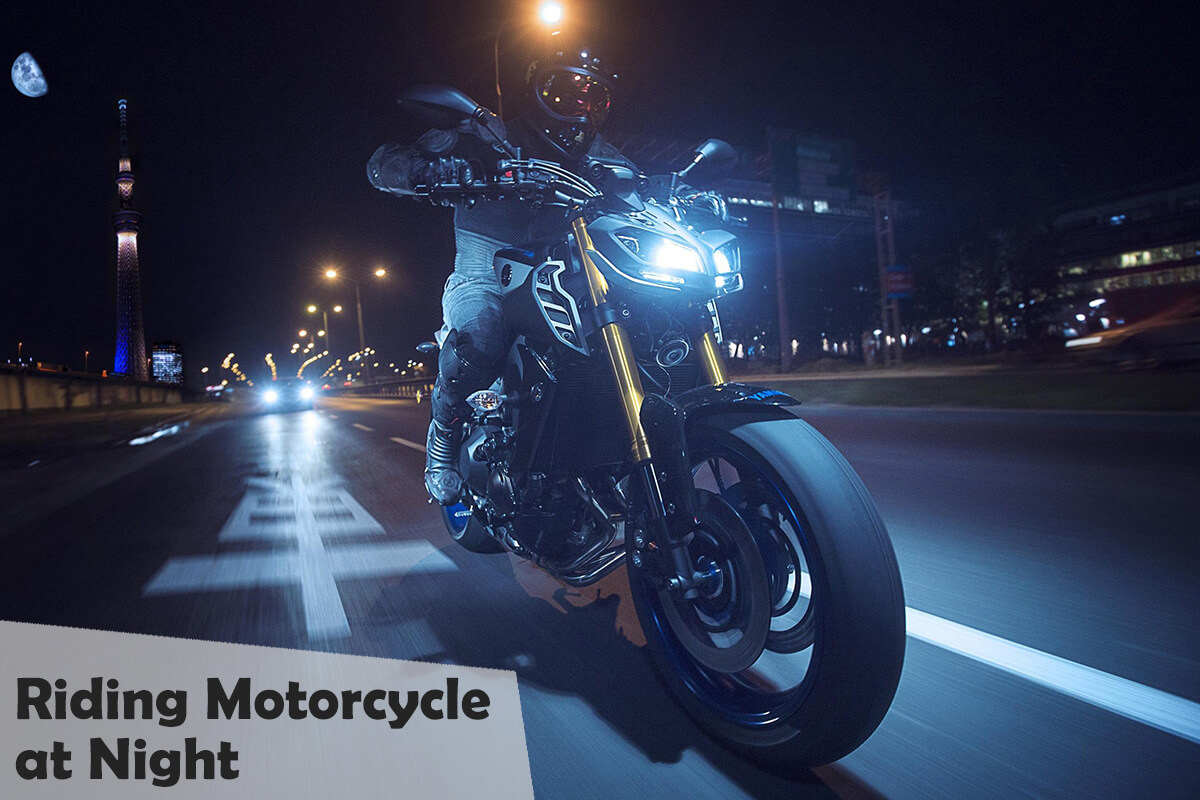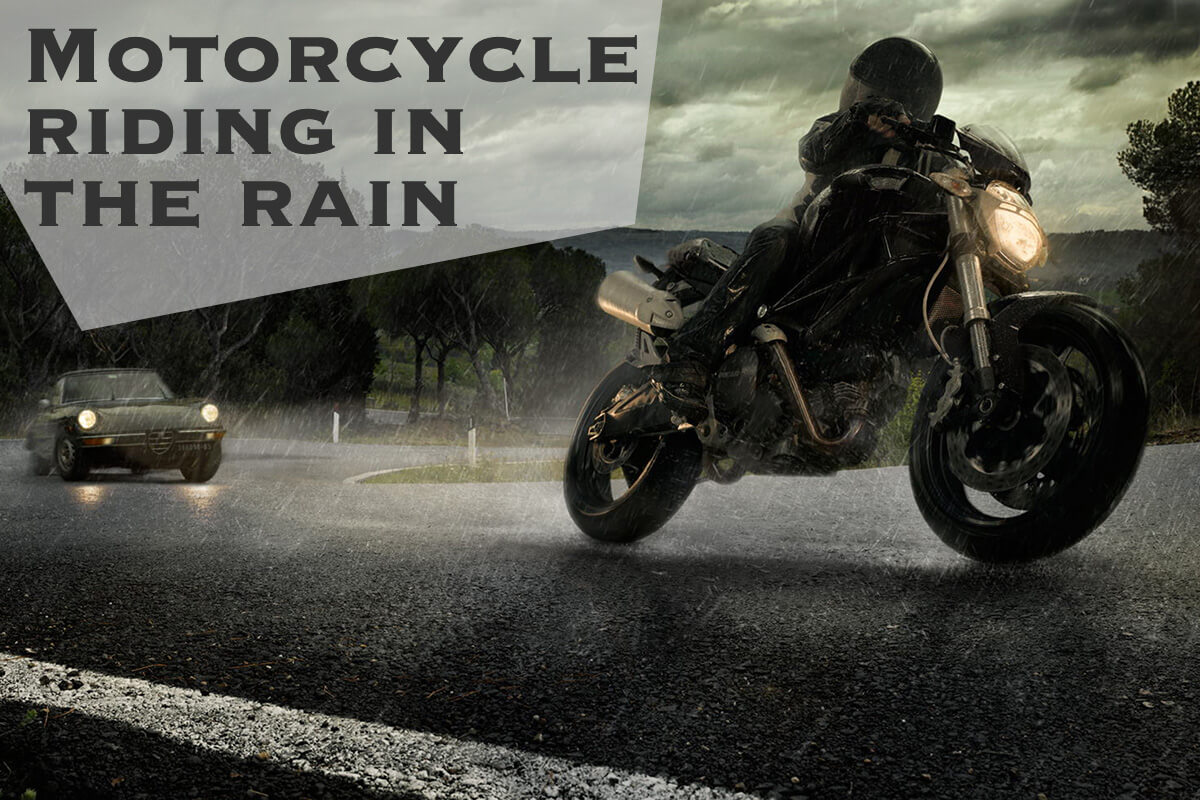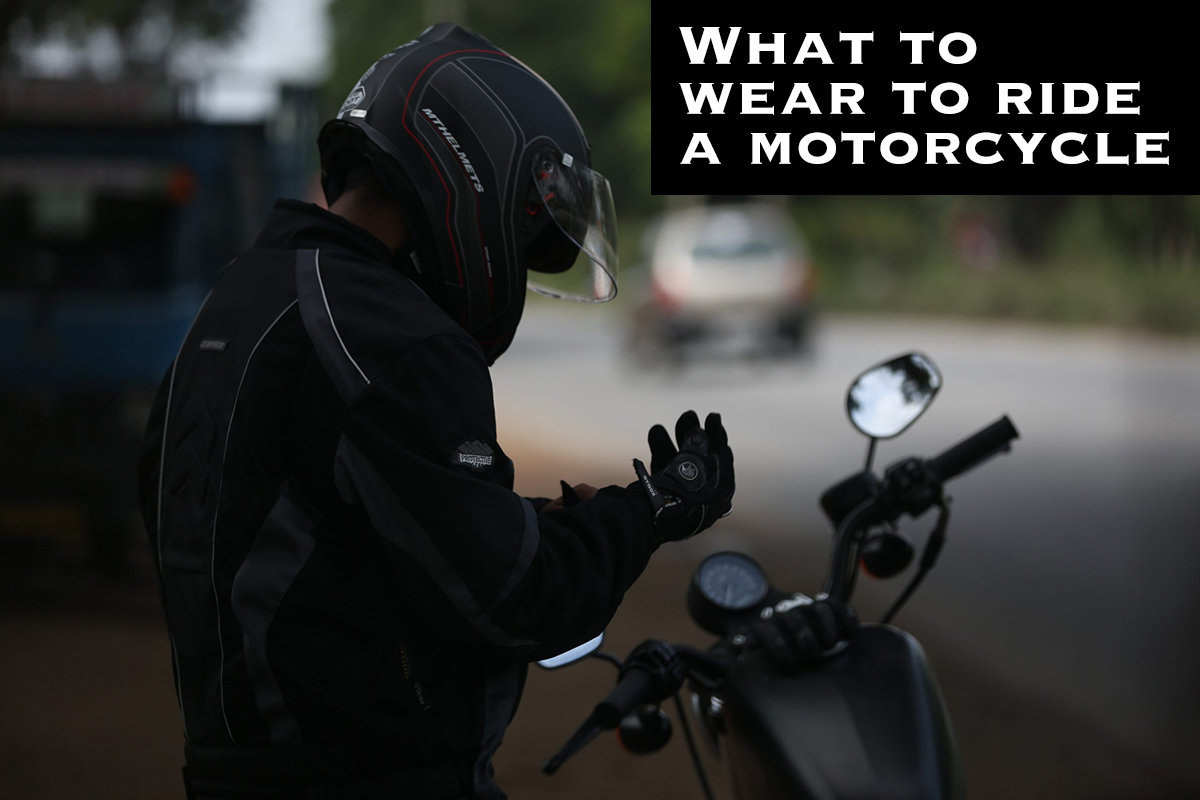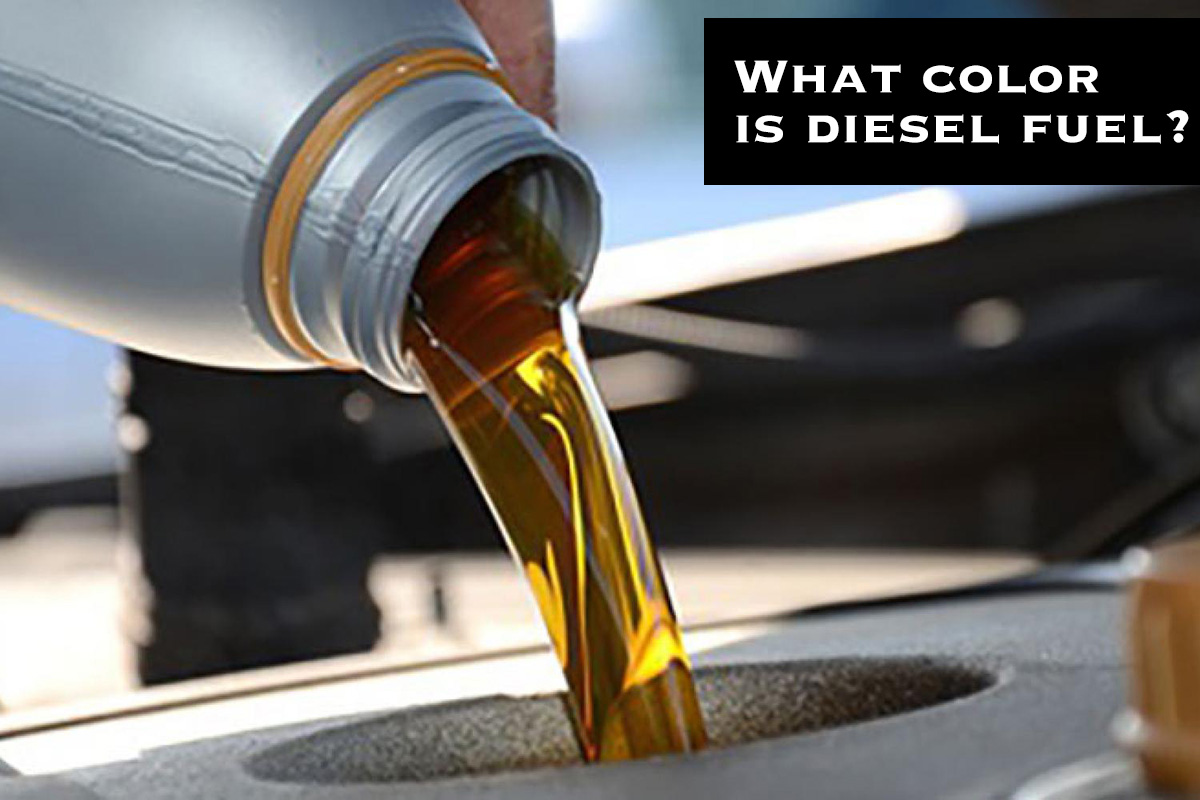Top 51 Motorcycle Tattoo Ideas for Riders
Hello, riders! This is Matthew Bell from DrivrHub, the sanctuary for motorcycle enthusiasts. If you’ve been following my posts, you know that my passion for motorcycles extends beyond the chrome exhausts and horsepower. Today, I’m going to take you on a different road – my personal journey of expressing my love for motorcycles through the … Read more

